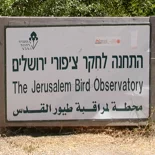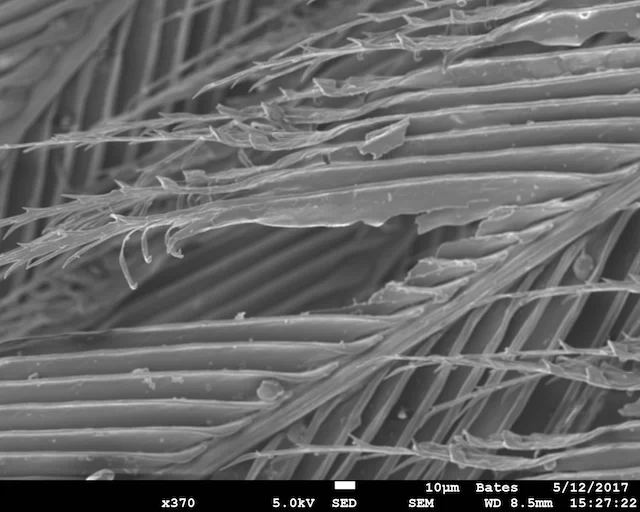Conservation Biology
Humans are drastically changing the ecology of the planet. Most habitats are becoming fragmented, and species are being introduced into areas outside their native range.
What problems does this pose for natural populations and ecosystems? How do we fix these problems? And how do we avoid creating new problems?
Research on reproductive strategies can play an important role in this realm. For instance, how does habitat fragmentation (and the resulting isolation of populations) affect mate choice? How do parasites affect naive hosts when a changing climate causes new overlap in geographic range or when fragmentation reduces MHC diversity?


Selected Papers:
Halupka L, Arlt D, Tolvanen J, Halupka K, et al. 2023. The effect of climate change on avian offspring production: a global meta-analysis. Proceedings of the National Academy of Sciences, USA 120:e2208389120.
Mauck RA, Dearborn DC, and Huntington CE. 2018. Annual Global Mean Temperature explains reproductive success in a marine vertebrate from 1955-2010. Global Change Biology 24:1599-1613.
Dearborn DC and Kark S. 2010. Motivations for conserving urban biodiversity. Conservation Biology 24:432-440. Featured in the European Commission’s Science for Environment Policy News Alert Service. PDF
Dearborn DC. 2010. Yellow-breasted chat (Icteria virens). In: Steele MA, Brittingham MC, Maret TJ, Merritt JF, eds. Terrestrial Vertebrates of Pennsylvania: A Complete Guide to Species of Conservation Concern. Johns Hopkins University Press.
Kostecke RM, Koloszar JA, and Dearborn DC. 2003. Effect of a reduction in cattle stocking rate on brown-headed cowbird activity. Wildlife Society Bulletin 31:1083-1091. PDF
Anders AD, Dearborn DC, Faaborg JR, and Thompson FR III. 1997. Juvenile survival in a population of neotropical migrant birds. Conservation Biology 11:698-707. PDF